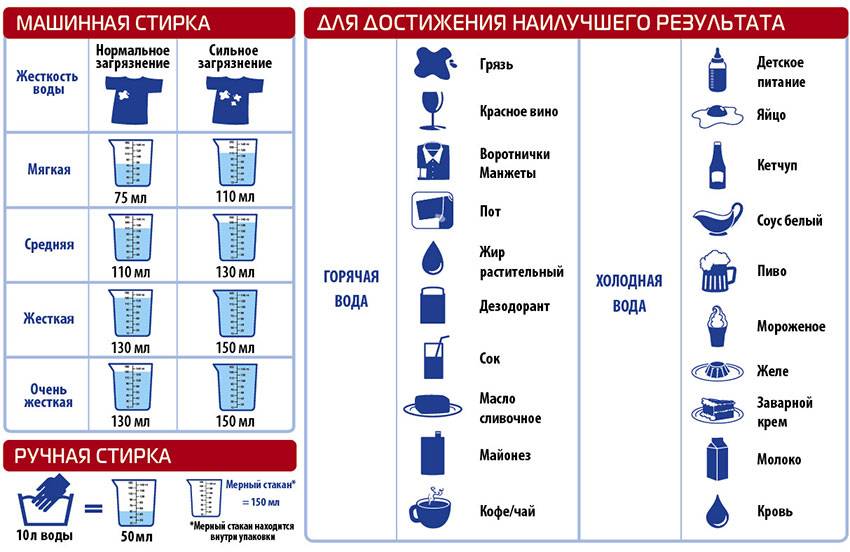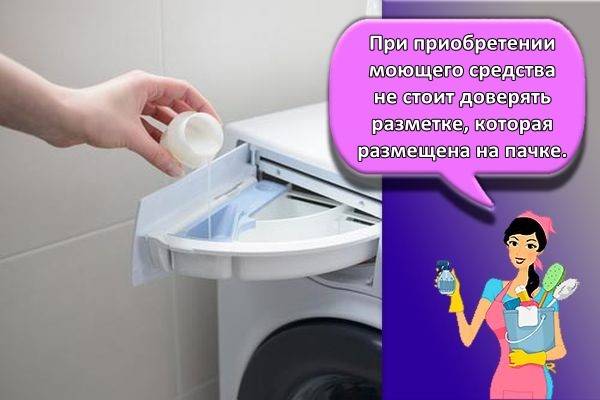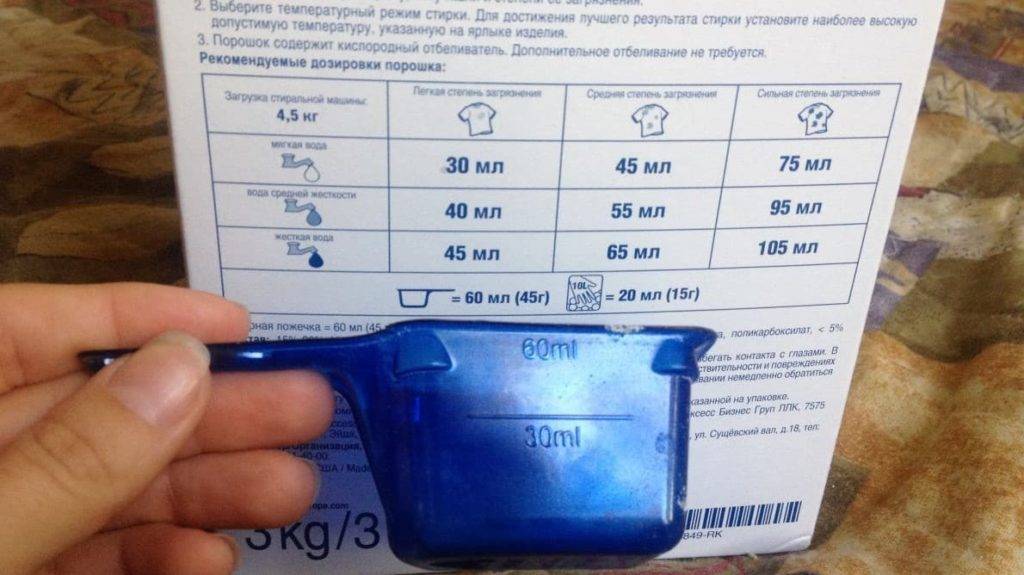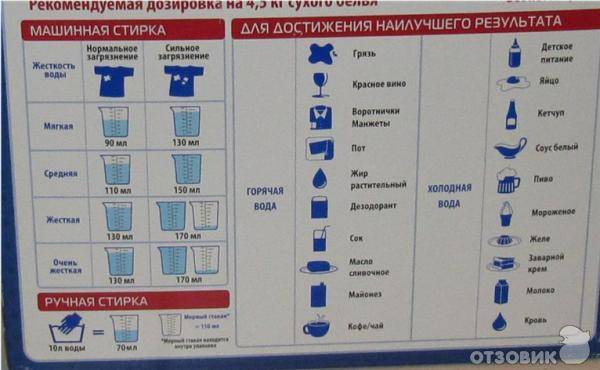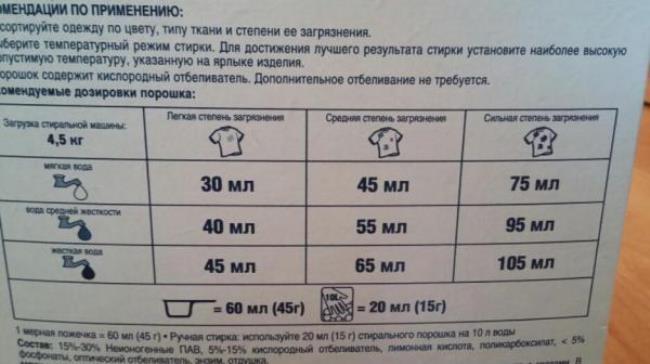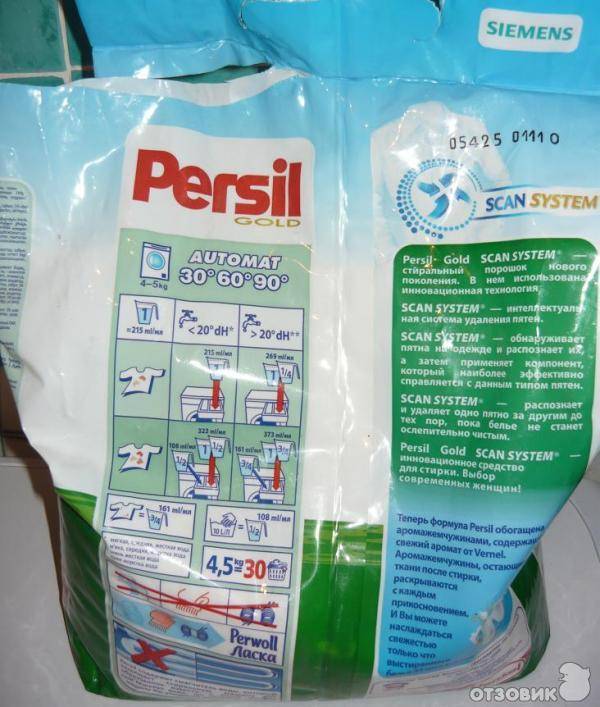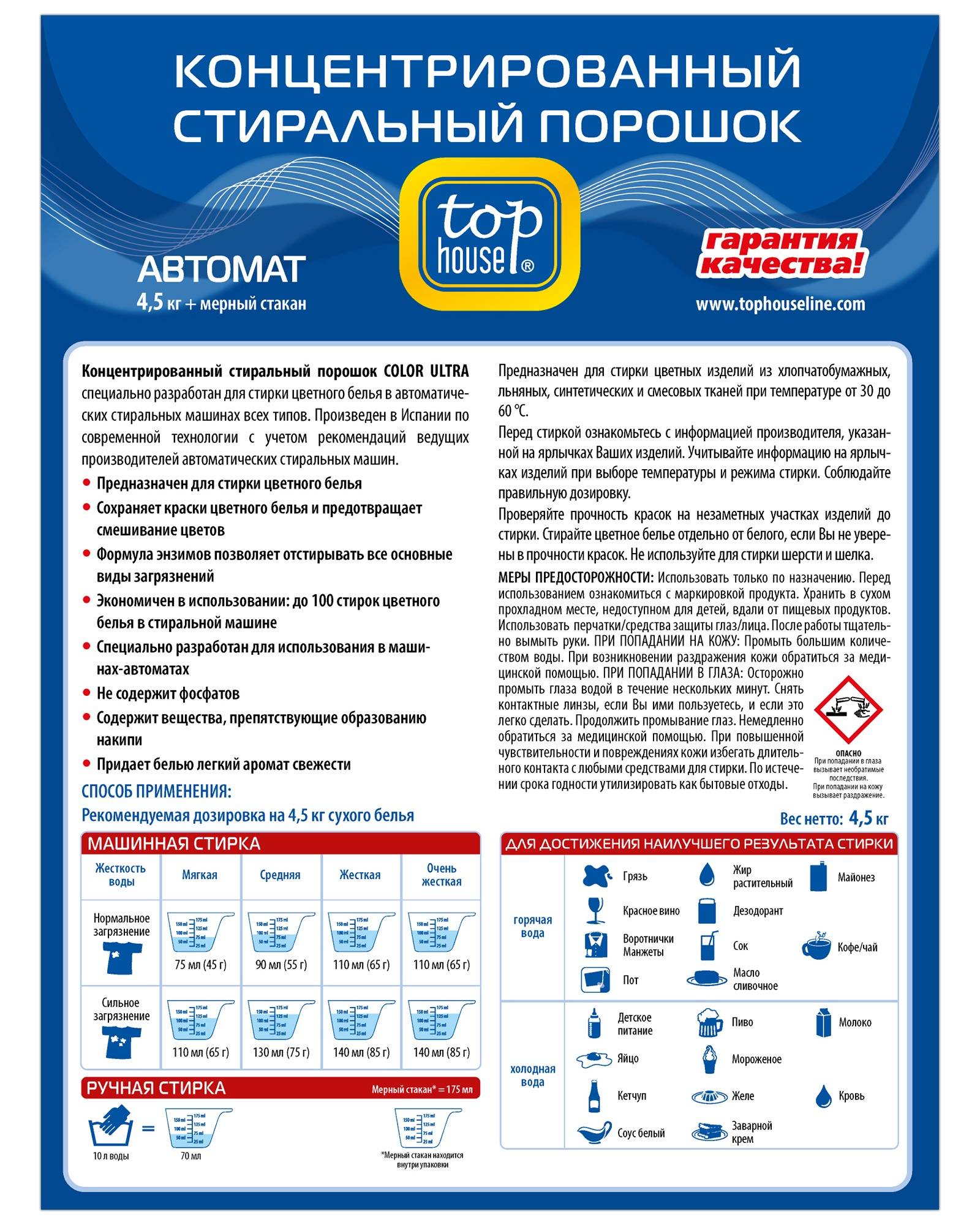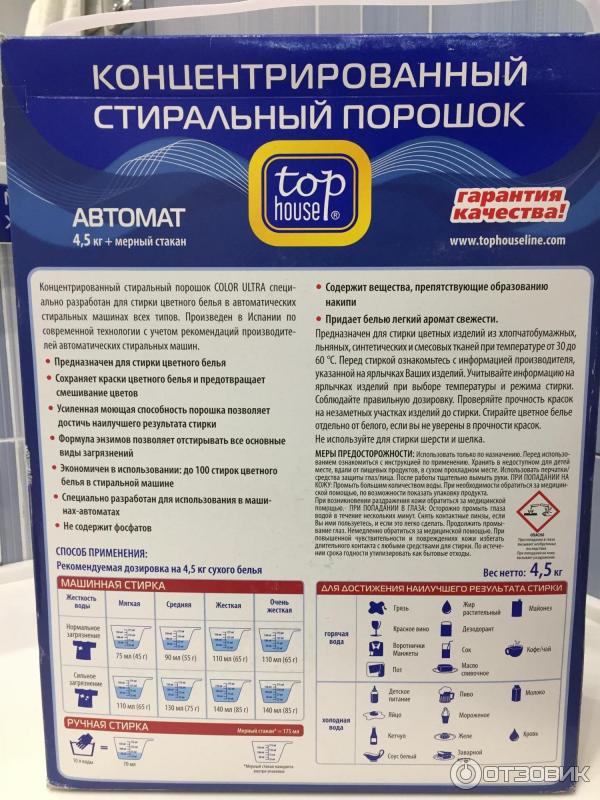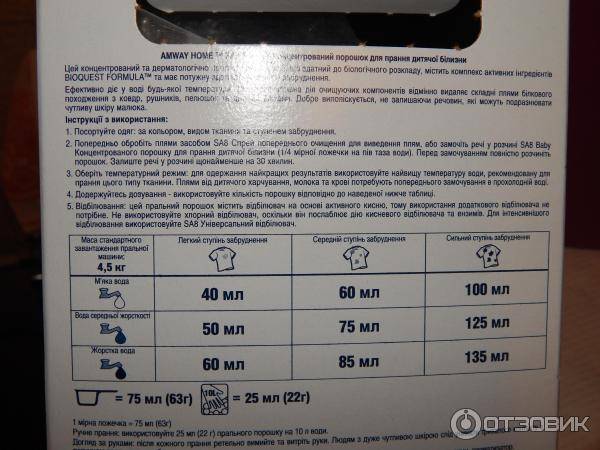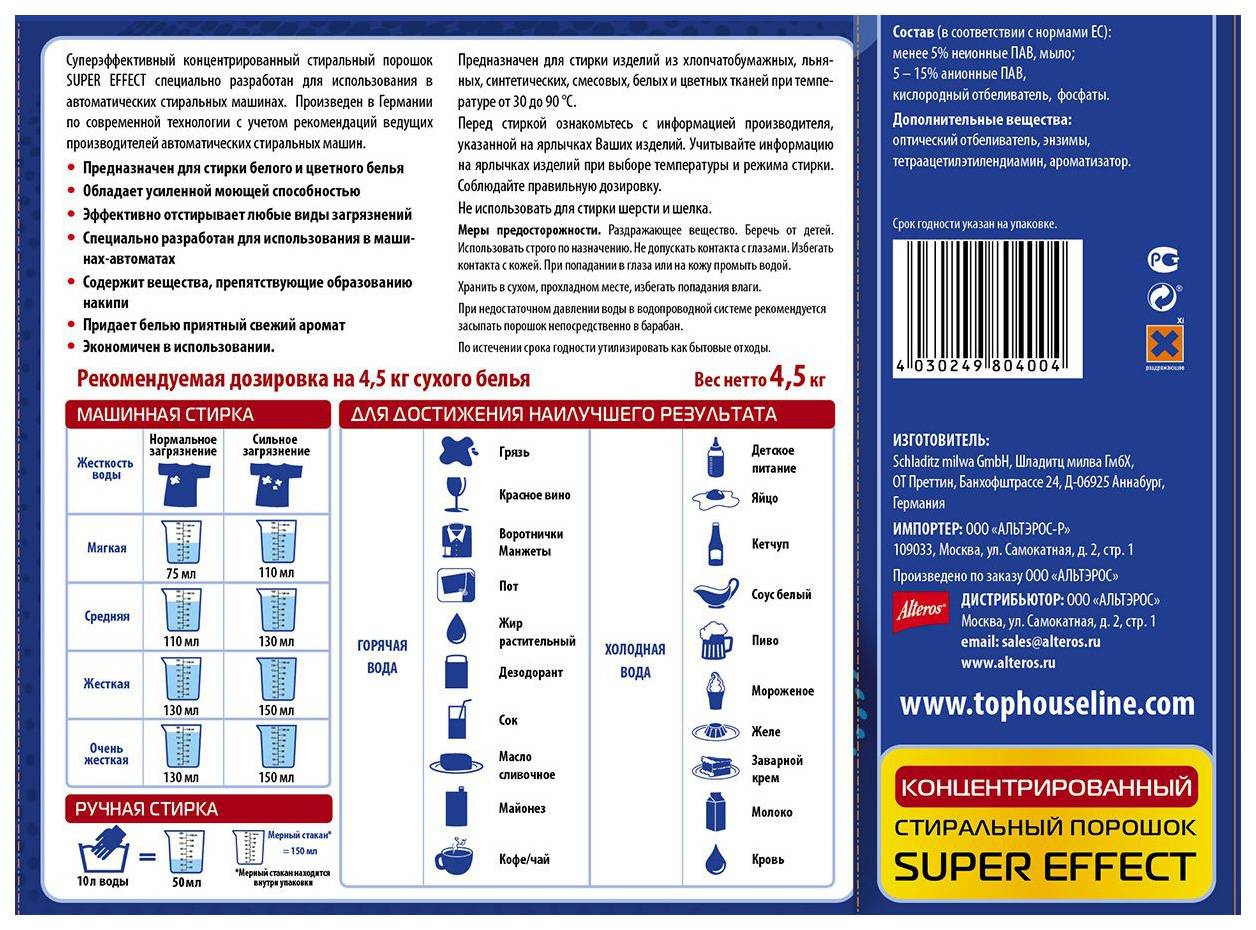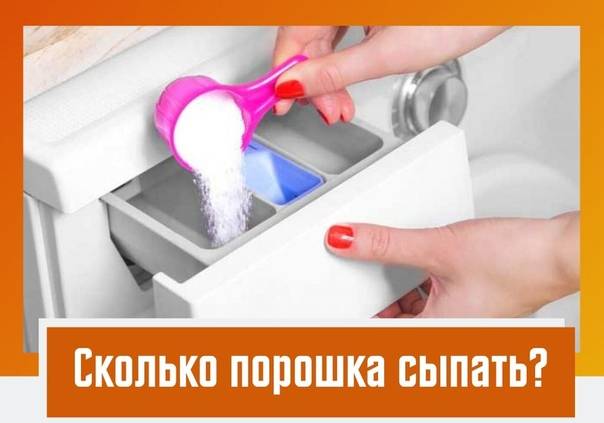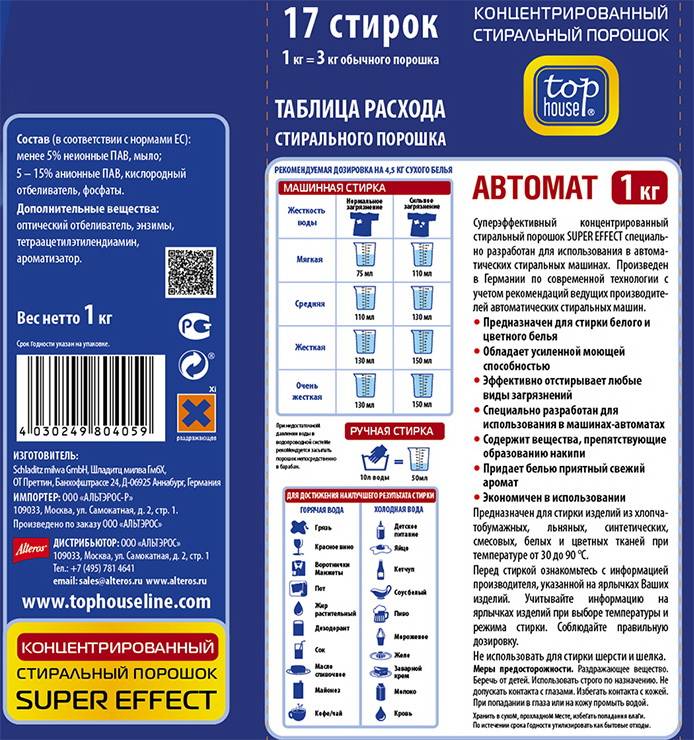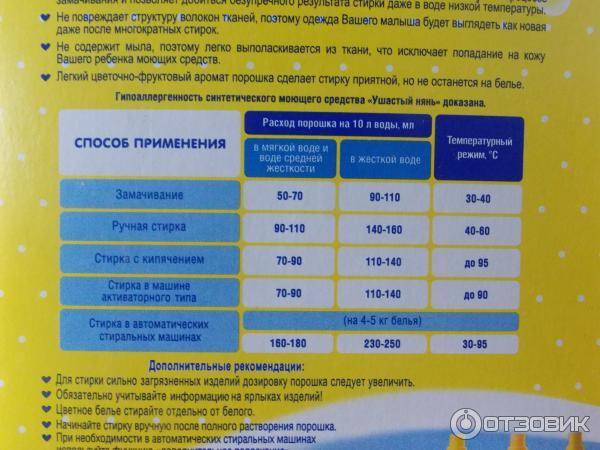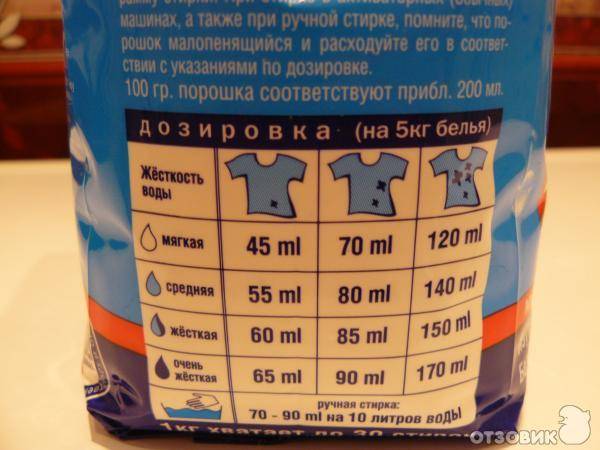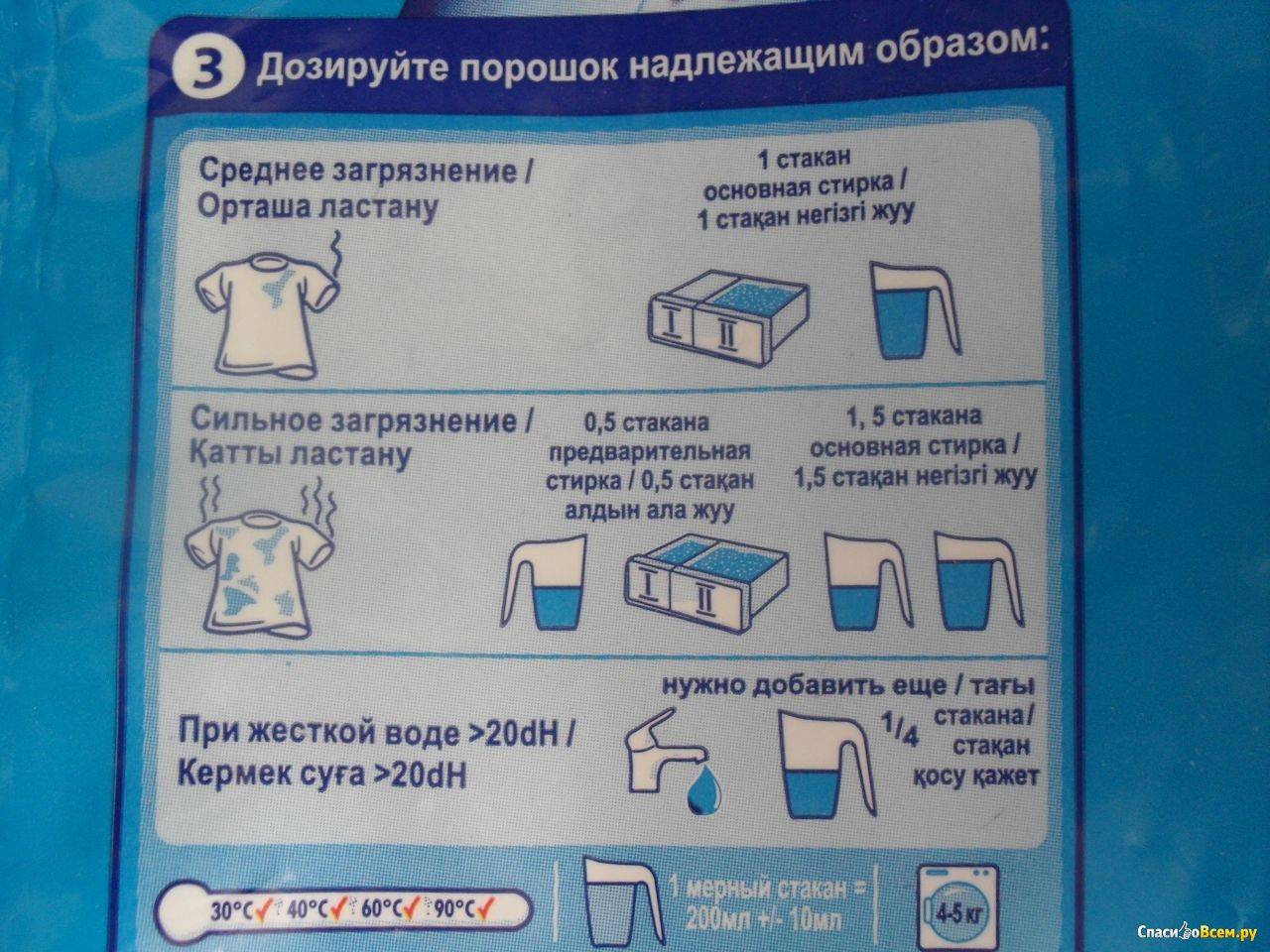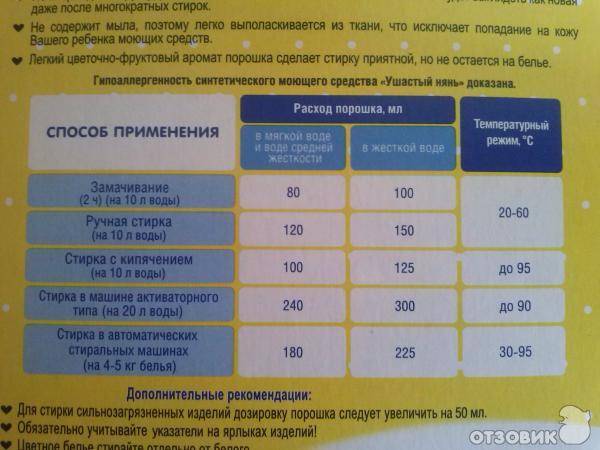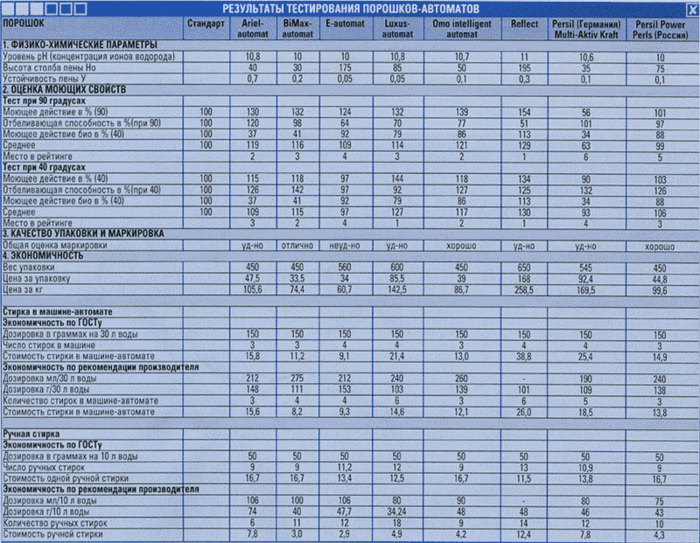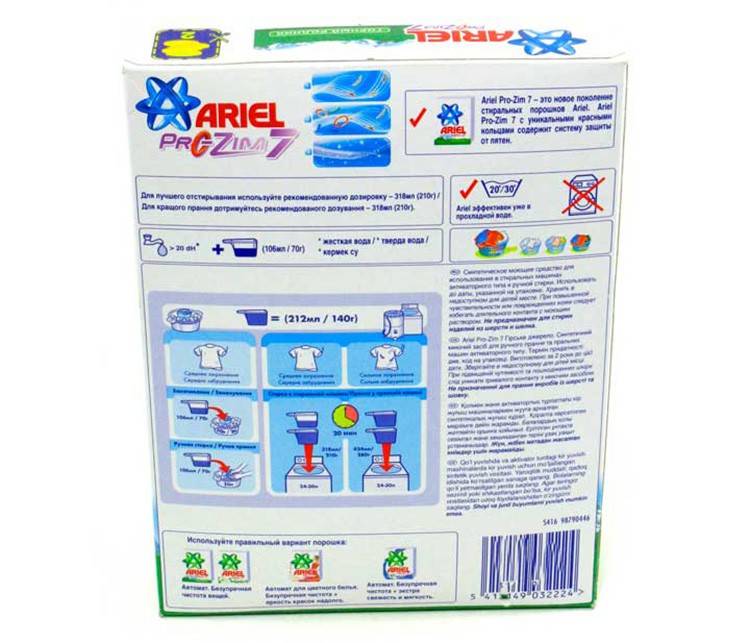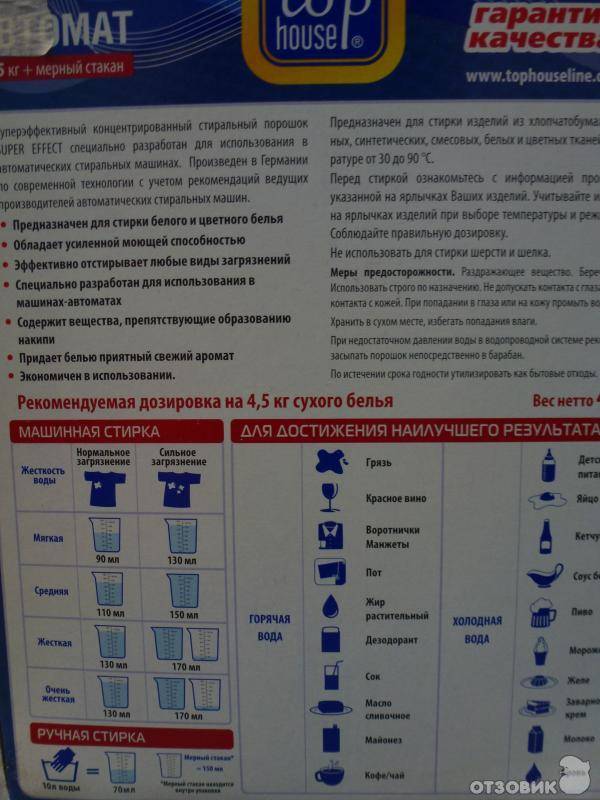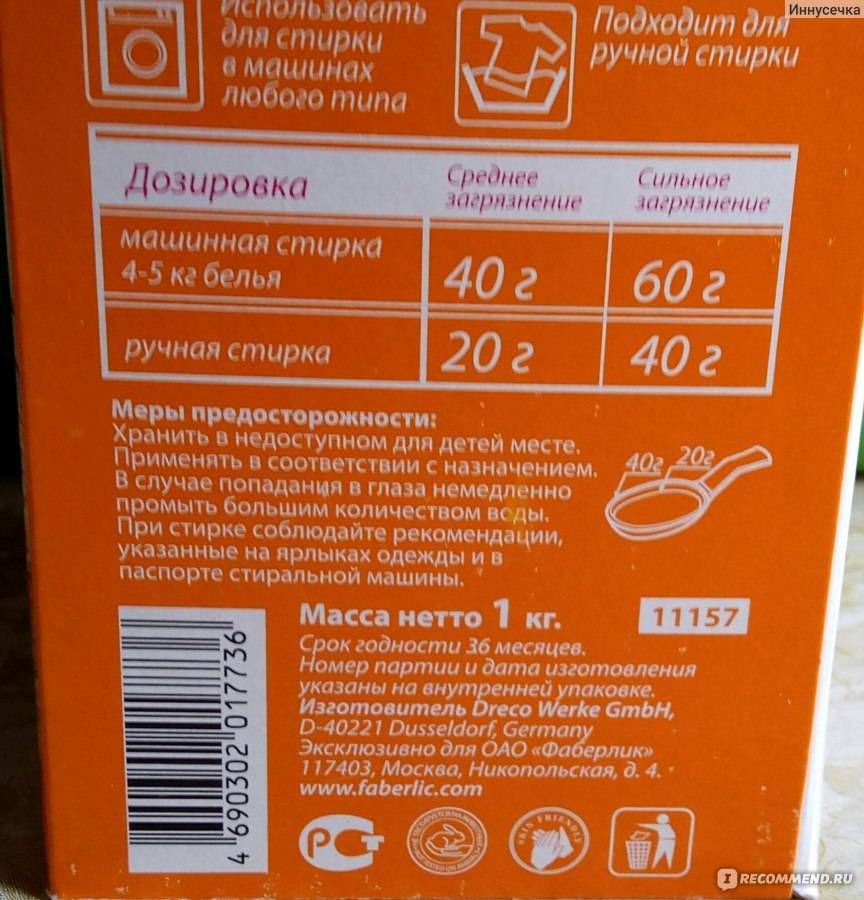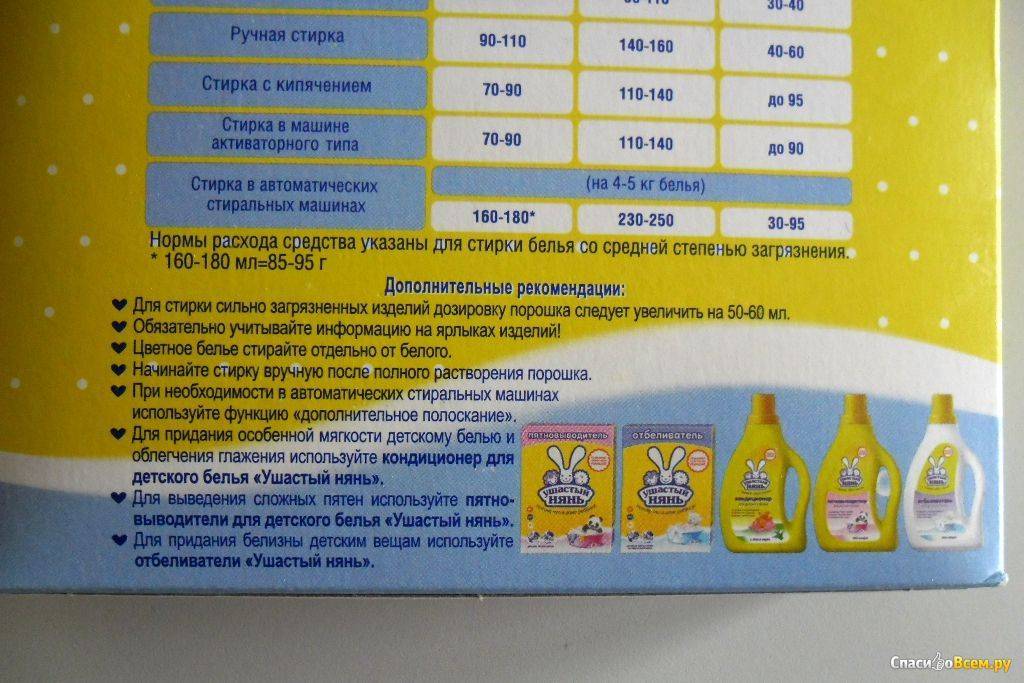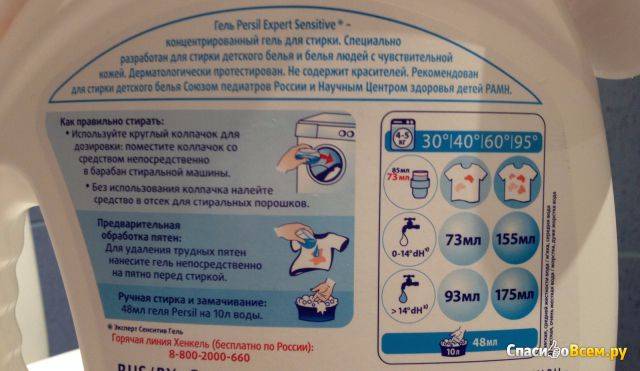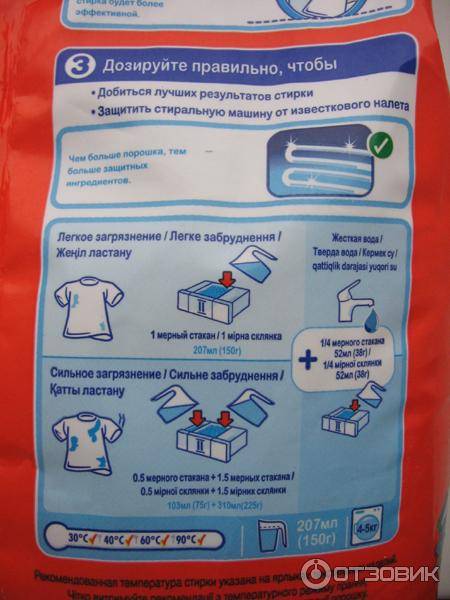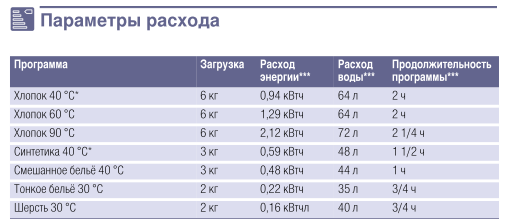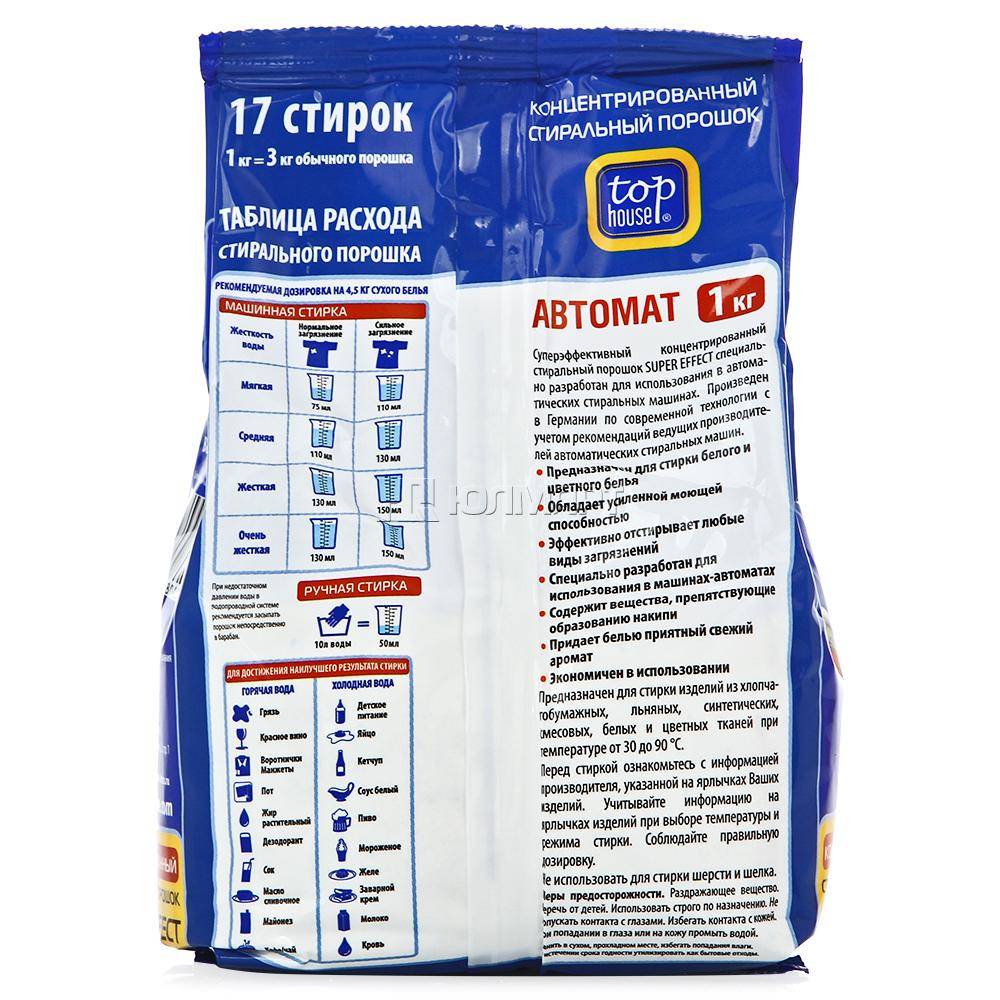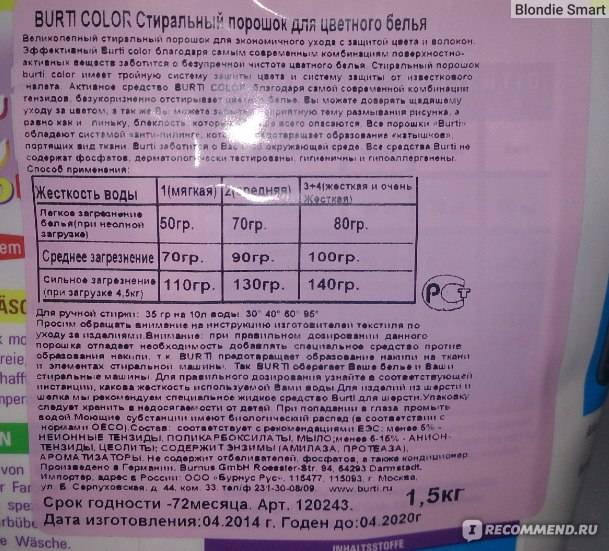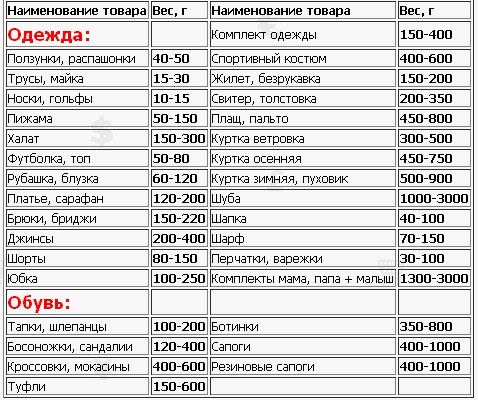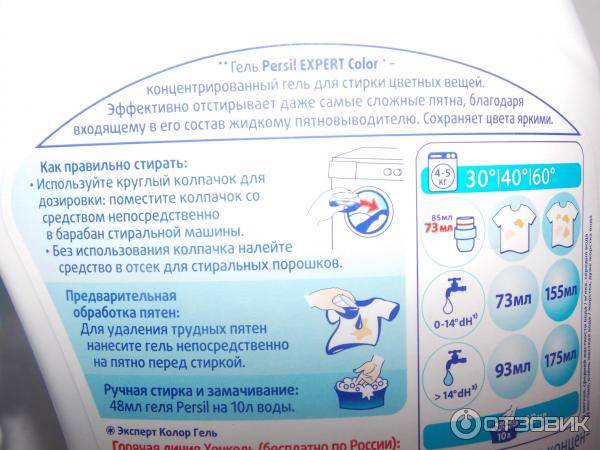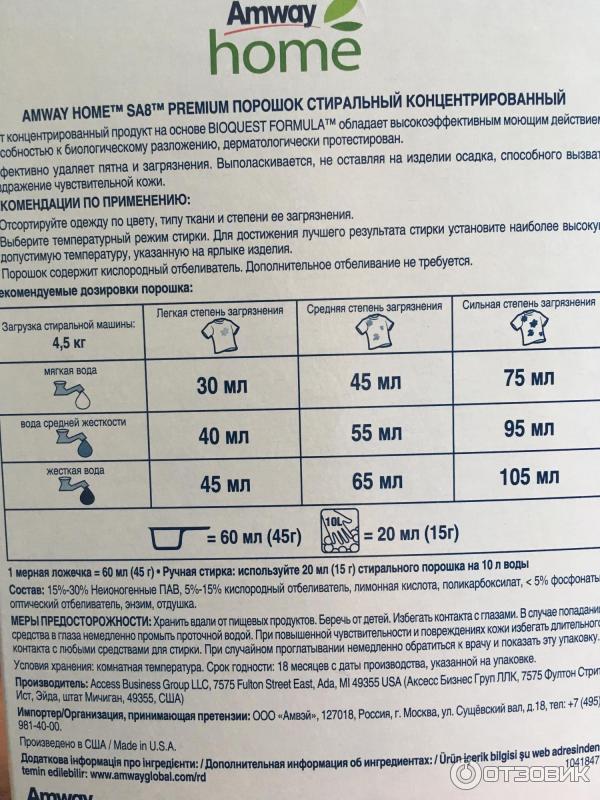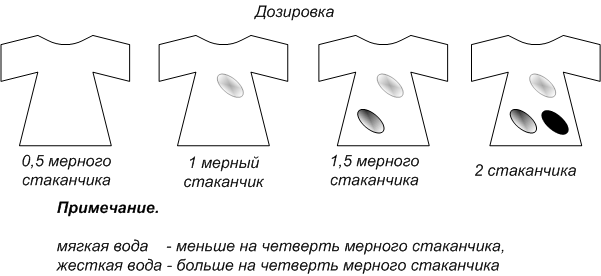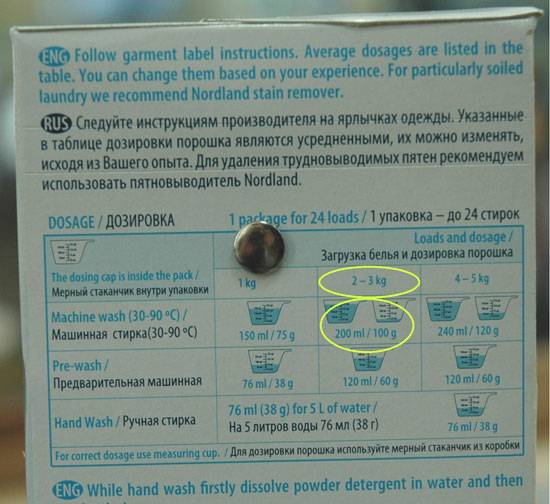What affects the amount of powder?

Any housewife is sure that she knows well how much powder needs to be put in for washing certain things. Here's what can affect its consumption:
- The degree of soiling of the laundry, the presence of stains of various origins on it;
- Sometimes it is not enough to fill in only the powder to get rid of dirt, you need to add stain removers, bleaches;
- How hard the water is in your city. The softer the water, the more effective the wash. And if it is tough, it is better to fill in a product containing an emollient component;
- The number of items per load;
- Water consumption rate for one wash;
- Selected mode. Delicate natural fabrics require specialized formulations.
The emollient component in powder or liquid will protect the machine and the heating element from scale. This is all the more useful if you frequently wash your laundry at 90C.
Contamination of things and water quality
Often, the manufacturer of the powder recommends using the product in the following amount:

- about one hundred and fifty grams per wash;
- up to two hundred and twenty-five grams - if there are stubborn stains on things.
Almost any packaging indicates that this flow rate is intended for water that is soft or medium hard. In other situations, it is necessary to add up to twenty grams more for the next workflow. But we have already said that the manufacturer deliberately overestimates the consumption rates.
It has been practically determined that for one kilogram of things with an average level of contamination, it is required to pour one tablespoon of the product into the container, which will be approximately twenty-five grams. It is easy to determine that four kilograms of powder loading will take no more than one hundred grams. If there are complex stains on things, then they will have to be soaked before washing.
It is unreasonable to use powder in larger quantities than is required, since this will not affect the quality of washing. But if the water is hard, then it is better to add a couple of tablespoons of regular soda, which can have a softening effect and help the powder dissolve better.
Water consumption per wash cycle
Many housewives believe there is a golden rule that says more is better. It probably works in some other everyday situations, but not in our case. Most housewives believe that the quality of the washed laundry depends on the amount of powder that is poured into the tray. In part, at first glance, it will seem that it is so. But this is not entirely true.
Excessive use of detergent can lead to negative consequences:
- Excessive application of the powder can leave marks on clothes in the form of white streaks.
- Incomplete flushing of the tray will clog it.
- Drum smells bad.
What does the manufacturer advise us? Each package of detergent contains recommendations for using the powder in the automatic washing machine. Take your time to blindly follow the instructions, as the manufacturer has several goals. The first is to retain the buyer. The second is to force the consumer to use as much powder as possible in everyday life so that it runs out faster, and we had to go to the store for a new pack.
Let's figure out what factors you should pay attention to when pouring the powder into a special container:
The condition of the linen. Soiling and stains
It is important to understand that the amount of detergent added does not always have a positive effect on the quality of the washed clothes. Powder alone is not enough to remove some stains, stain removers may be required
The hardness of the water will definitely affect the quality of the wash.As you know, in hard water, foam is formed worse, which affects the result. Therefore, some manufacturers add softeners to the powder.
The amount of dirty laundry is a powerful argument when calculating the required amount of powder.
Water consumption rate for one wash. The selected wash mode and the type of fabric determine the amount of water that the technician uses to complete the selected task.
Its volume in different machines may differ. It all depends on the capacity of the tank and the programs that the equipment is equipped with. If we talk about the average figure, then a standard machine with a drum volume of 7 kg will require about 60 liters of water.
Information on standards is usually contained in the instructions for the technique.
If you pay attention to this, it turns out that the machine consumes about 60 liters of water to wash 3 kg of laundry. And uses the same amount for 6 kg
If you do not take this into account and fall asleep only 3 tbsp. tablespoons of powder, assuming that this will be enough, you can miscalculate.
Inexperienced housewives at least once wondered how much powder to pour into the washing machine. The quantity will affect the quality of the process. Therefore, before starting work, it is recommended to consider all the problems that may arise and what rate will be needed for one stretch.
- Are there stains and how dirty they are? Often housewives do not have enough powder for washing, so they add various stain removers and conditioners.
- What water is used for washing. Many people know that soft water allows for better cleaning. Therefore, most housewives purchase powders that contain substances that can soften the water. These powders are also able to save the car from scale and plaque. They are suitable for people who like to wash at too high temperatures.
- How much laundry is washed in one session.
- How much water does the washing machine consume in one session?
- What operating mode is depending on the type of fabric. This factor will indirectly affect the amount of detergent, and the amount of water used depends on the mode. The quality of the detergent is influenced by the washing mode. If things are made from delicate fabrics such as silk, use a powder specially formulated for delicate washings.
The most important condition will be the amount of liquid consumed by the washing machine in one cycle of operation. The quality of washing things will depend on the concentration of the powder. This does not mean that you need to put as much powder as possible. Most washing machines can leave soap streaks on your laundry.
Many models of typewriters use water in different ways. This will depend on the auto program you choose and how big the drum is. For example, a machine with a load of 5 kg of items requires 60 liters of liquid. For information on how much water you need for washing, see the instructions upon purchase.
Do not forget that the question “how much powder to pour into the washing machine” can be easily answered based on the amount of weighed laundry. This function is only available for vending machines that have weighing capability.
How to calculate the amount of detergent per wash cycle
Many housewives believe there is a golden rule that says more is better. It probably works in some other everyday situations, but not in our case. Most housewives believe that the quality of the washed laundry depends on the amount of powder that is poured into the tray. In part, at first glance, it will seem that it is so. But this is not entirely true.
Excessive use of detergent can lead to negative consequences:
- Excessive application of the powder can leave marks on clothes in the form of white streaks.
- Incomplete flushing of the tray will clog it.
- Drum smells bad.

Let's figure out what factors you should pay attention to when pouring the powder into a special container:
The condition of the linen. Soiling and stains
It is important to understand that the amount of detergent added does not always have a positive effect on the quality of the washed clothes. Powder alone is not enough to remove some stains; stain removers may be required.
Water hardness definitely affects the quality of the wash.
As you know, in hard water, foam is formed worse, which affects the result. Therefore, some manufacturers add softeners to the powder.
The amount of dirty laundry is a powerful argument when calculating the required amount of powder.
Water consumption rate for one wash. The selected wash mode and the type of fabric determine the amount of water that the technician uses to complete the selected task.
The concentration of the powder must be taken into account as it affects the quality of the wash. A copious amount of detergent may not rinse off clothes well and leave streaks on them. To avoid such consequences, it is necessary to take into account how much water an automatic machine consumes in one cycle.
Its volume in different machines may differ. It all depends on the capacity of the tank and the programs that the equipment is equipped with. If we talk about the average figure, then a standard machine with a drum volume of 7 kg will require about 60 liters of water.
Information on standards is usually contained in the instructions for the technique.
If you pay attention to this, it turns out that the machine consumes about 60 liters of water to wash 3 kg of laundry. And uses the same amount for 6 kg
If you do not take this into account and fall asleep only 3 tbsp. tablespoons of powder, assuming that this will be enough, you can miscalculate.
Excessive excess of the required amount of detergent can provoke the appearance of not completely dissolved crystals of the powder being poured on the clothes. Or soap stains on fabrics, which is especially important for synthetics. Chemical compounds in the powder remaining after washing have a negative impact on human health. For allergy sufferers, this can provoke a lot of trouble.
Excessive savings can have the opposite effect - poorly washed laundry and unpleasant odors on it.
Rational use of the cleaning agent would allow not only to get high-quality washed laundry, save money on its purchase, but also significantly increase the life of the washing machine.
To understand what to be guided by when determining the dosage of the powder, you need to understand that there are several factors on which its amount depends.
Of these, it can be noted:
- Hardness of water.
- The load level of the washing machine for a specific wash cycle and drum volume.
- The level of contamination of the laundry and the use of additional detergents.
- The type of cleaning agent.
- Type of fabric.
- Additional functions and capabilities of the washing machine.
In some models of washing machines, manufacturers have provided special functions that make it possible to additionally save on detergents:
- EcoBubble - the powder pre-goes into the foam generator, where it dissolves completely. After that, in fact, in the form of foam, it is fed directly into the drum, onto things. In this form, it penetrates the fabric much more effectively, washing even stubborn stains.
- Steam wash - the laundry in the drum is treated with a steam jet. This softens the fibers, which improves the penetration of the soap suds. In addition, steaming eliminates nearly 90% of allergens.
- Quick wash (quick wash) - used for lightly soiled laundry. In this mode, water consumption is significantly reduced, as a result, the powder consumption can be selected in direct proportion to the weight of the laundry, per kilogram - 25 g.
Negative consequences of exceeding the dosage of the powder
More is not synonymous with better.A reasonable measure must be observed in everything. Significantly exceeding the dosage of washing powder specified in the instructions, the hostess runs the risk of facing negative consequences:
- Lots of foam. Antifoam agents are added to the powder marked "Automatic", since abundant foam is harmful for washing machines. It can penetrate outside the drum, damage the electrics, and cause a short circuit.
- White stains on clothes. The more powder, the more difficult it is to rinse it out. After washing, white spots and streaks will remain on things. They are especially noticeable on dark clothes.
- Accumulation of powder in the container, clogging of the compartment. Many models of washing machines take as much powder as needed. Surplus product remains in the container, clumps and can cause blockages.
- Unpleasant smell from the vending machine and from clothes. A proper wash should end with a rinse in clean water. If there is too much detergent, it does not rinse out and accumulates inside, and gradually a plaque with an unpleasant odor forms on the parts.
When using washing powder for typewriters, few people think about how much to put it. Many housewives pour it into the compartment "by eye" - and make a mistake
It is important to take into account the recommendations of the manufacturer of the product, and not only. The amount of powder directly depends on the degree of loading of the washing machine, the amount of dirt, water hardness
It is sometimes advisable to add stain remover or bleach in addition. Use the right approach to washing, and then things will always shine clean, and the equipment will last for many years!
Conditions affecting the consumption of powder in the washing machine
In some models of washing machines, manufacturers have provided special functions that make it possible to additionally save on detergents:
- EcoBubble - the powder pre-goes into the foam generator, where it dissolves completely. After that, in fact, in the form of foam, it is fed directly into the drum, onto things. In this form, it penetrates the fabric much more effectively, washing even stubborn stains.
- Steam wash - the laundry in the drum is treated with a steam jet. This softens the fibers, which improves the penetration of the soap suds. In addition, steaming eliminates nearly 90% of allergens.
- Quick wash (quick wash) - used for lightly soiled laundry. In this mode, water consumption is significantly reduced, as a result, the powder consumption can be selected in direct proportion to the weight of the laundry, per kilogram - 25 g.
Steam washing is a relatively new technology, during which steam is supplied to the laundry, which helps to better dissolve the powder and cleanse the fabric from old stains. There is no need for preliminary soaking, washing things. The advantage of such washing is the destruction of all allergens up to 90%.
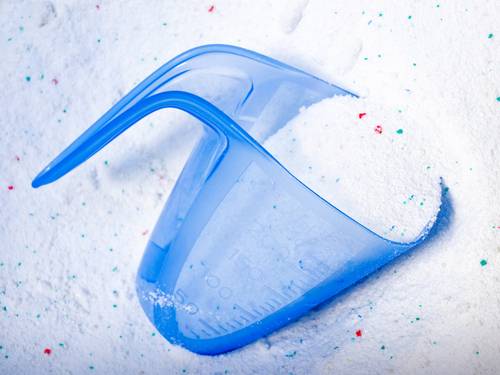
Washing with the EcoBubble function consists in pre-mixing the powder in a foam generator. This allows all of its particles to dissolve in water. And only after that, the dissolved powder is fed into the tank. In this form, it penetrates much better into the fibers of the fabric, effectively cleaning stains.
The amount of powder is calculated so that the wash quality is good. Excess detergent may not be completely washed off, leaving white stains on things. To prevent this, one should take into account how much water will be spent on one process.
Energy efficiency of the washing machine
In different machines, the volume of water is different and depends on the capacity of the tank and the complexity of the software with which the unit is equipped. On average, a standard machine, the maximum load of which does not exceed seven kilograms, takes up to sixty liters of water.
As a rule, information on all standards can be found in the accompanying operating instructions.If you carefully study them, it turns out that the machine uses six buckets of water for washing a three-kilogram volume of laundry, and the same amount for a six-kilogram one.
Today's washing machines are equipped with the most advanced technologies to save water, electricity and detergents.
Samsung eco bubble
Washing in the first case is based on mixing the powder in a special foaming agent, in which air bubbles affect the mixture of water and agents. Only then does the foam begin to flow into the drum. This allows the powder to dissolve completely without leaving its particles on things.
In the second case, steam is supplied to the product. With its help, even the oldest pollution is broken down. Steam helps the powder to dissolve better, gives the wash a greater effect.
There is no need to pre-soak the dirtiest things or increase the consumption of detergents. And the water warms up to the temperature regime that you set.
When washing with steam, things are disinfected, almost all allergens are destroyed.
Detergent type
In addition to the washing powder itself, manufacturers offer various gels, tablets and capsules. You won't be able to save money using tablets or capsules. In the case of concentrated gel, manufacturers indicate in the instructions the consumption of 100 ml for one wash cycle. In practice, one tablespoon of concentrated gel is enough for a high-quality wash.
In addition, unused powder can remain in the tray to form tough deposits or clog the drain filter. Which inevitably leads to breakdown of household appliances in the future.
Excessive savings can have the opposite effect - poorly washed laundry and unpleasant odors on it.
To understand what to be guided by when determining the dosage of the powder, you need to understand that there are several factors on which its amount depends.
Of these, it can be noted:
- Hardness of water.
- The load level of the washing machine for a specific wash cycle and drum volume.
- The level of contamination of the laundry and the use of additional detergents.
- The type of cleaning agent.
- Type of fabric.
- Additional functions and capabilities of the washing machine.
Models of washing machines on the Russian market have different load volumes. Among the population, the most popular are 5-7 kg. Usually, the manufacturer in the instructions for each wash mode indicates information about the water consumption and the maximum load in kilograms.
As noted earlier, 1 kg requires 25 grams of cleaning agent. But there is a small peculiarity here. If the drum is not fully loaded, the water consumption does not decrease. Consequently, the concentration of the powder in the water will become less if you fill it up, focusing only on the weight of the laundry. This can lead to a deterioration in the quality of the wash.
Technologies do not stand still, and manufacturers regularly present automatic washing machines with the latest developments that improve the washing process.
steam treatment
These include:
- Laundry weighing function. In such machines, a very useful option is added that allows you to reduce the consumption of detergent when the drum is not fully loaded. In this case, only as much powder is required as a kilogram of laundry needs to be washed (for 1 kg - 25 grams of cleaning agent);
- Steam treatment of things. When washing with steam, the powder dissolves as soon as possible. Old stains instantly disappear from fabrics, even without pre-soaking and using additional means to remove them. This function saves powder due to deep penetration into the structure of the fabric, which means that you do not need to exceed the amount of detergent for heavily soiled laundry.
- Eco Bubble function.The foam generator of such a washing machine, while mixing the powder with water, saturates it with air bubbles. With this technology, a ready-made homogeneous mixture - foam - enters the drum. This function allows the detergent to penetrate as quickly as possible into the fibers of the fabric, making it easier to remove stubborn stains.
Summing up the above, it is not difficult to figure out how much powder to pour into the washing machine. It can be said that more powder does not mean that the laundry will be cleaner. And new technologies and detergents improve the quality of washing.
How much detergent should be put into the washing machine
Today, taking into account individual wishes and comfort, the consumer tries to purchase the product in powders, gels, capsules and even tablets. Then the proportions of the consumption will be changed.
In the last two cases, everything is much simpler - one dose per wash cycle. But with concentrated gel formulations, the situation is more complicated.
If you follow the manufacturer's advice, then you should fill in up to one hundred grams of gel per load. But this approach forces you to spend an increased amount of funds and, as a result, purchase it more often. And the likelihood of the appearance of stains on things is quite high.
Experts advise using a different consumption rate - pour no more than one tablespoon of the product for the next wash. If the water is very hard, then the consumption rate can be doubled.
Today, based on personal convenience and desires, we can purchase the product not only in the form of a powder, but also in a gel, capsules or tablets. In this case, the proportions will be slightly different. If everything is clear with tablets and capsules - one wash or one tablet - then with concentrated gel not everything is so clear.
In the case of excessively hard water, you can increase the amount of detergent consumed to two tablespoons.
The degree of load of the washing machine for a certain washing mode and drum volume
Models of washing machines on the Russian market have different load volumes. Among the population, the most popular are 5-7 kg. Usually, the manufacturer in the instructions for each wash mode indicates information about the water consumption and the maximum load in kilograms.
As noted earlier, 1 kg requires 25 grams of cleaning agent. But there is a small peculiarity here. If the drum is not fully loaded, the water consumption does not decrease. Consequently, the concentration of the powder in the water will become less if you fill it up, focusing only on the weight of the laundry. This can lead to a deterioration in the quality of the wash.
Sometimes the housewives are faced with the question of whether it is worth adding the powder directly to the drum. Let us examine this issue in detail.
Such a measure is forced: it has to be resorted to in case of damage to the detergent tray.
Aggressive agents (stain removers, bleaches) should not be added to the drum, as they can stain the fabric or even destroy the material. It is also not recommended to add powder containing multi-colored granules directly to the laundry, as they can leave traces.
There are different opinions on adding detergents directly to laundry.
Supporters note the following positive aspects:
- In this case, the amount of detergent can be reduced as it comes into contact with things.
- This method increases the service life of the machine, and also relieves the user of the care of the tray, which is one of the most problematic components of washing units.
- Powder particles may adhere to the inner walls if they enter the cuvette and then fall onto the laundry during rinsing. When falling asleep in the drum, this does not happen, so things are rinsed faster and better.
At the same time, a significant number of disadvantages are noted:
- In the compartment, the powder is washed out with water, falling into the drum already partially dissolved. If you add the product directly with the laundry, it will dissolve much longer.
- Washing powder granules on dark colored items can leave light marks.
- If the agent is poured onto the drum wall, then at the start, part of it will be pumped out by the pump along with the water remaining in the tank from previous washings.
- Some washing programs that use batch detergent will not be available when the detergent is added to the drum.
- It makes no sense to add powder to the drum when planning a prewash or soaking. Such modes involve draining water after passing the initial stage; together with the liquid, the detergent dissolved in it will also leave, which will not wait for the main stage of the cycle.
- It is also not possible to use this method to add fabric softener or other rinse aid that should only be added at the end of the process.
At the same time, this method will not solve the problem of using conditioners or other rinses.
At the same time, there are a number of modern products that, according to the advice of manufacturers, must be put into the drum.
These substances include:
- Soap-based powders. These substances have a coarse-grained structure, which can clog the hole in the cuvette, which is fraught with leakage and flooding of neighbors.
- Phosphate-free powders, as well as products for the production of which plant extracts are used.
- Powders for washing baby clothes: the filling into the drum makes it easier to rinse out the laundry.
- For filling the drum, modern types of detergents are intended, produced in the form of gels, capsules, pressed cubes.
Gel and liquid detergents are not recommended for use at high water temperatures, therefore, when using them, select modes that provide a maximum heating of 60 ° C
If for some reason gels need to be added to the tray, it is recommended to first dilute them with water. The capsules have been specially designed for use in a drum; no other uses are foreseen.
All of these funds can be added to the drum in different ways:
- pre-dilute with water;
- pour directly onto the laundry;
- place in a special bag (this option is especially recommended for plant-based powder).
Sometimes housewives have to deal with situations where it is not possible to determine the purpose of the tray compartment (erased marking and the inability to check the instructions). In this case, it is quite possible to recover the information empirically.
What to put
"Chemistry" for cleaning clothes is produced in powder form, in the form of a liquid (gel), tablets, plates and capsules.
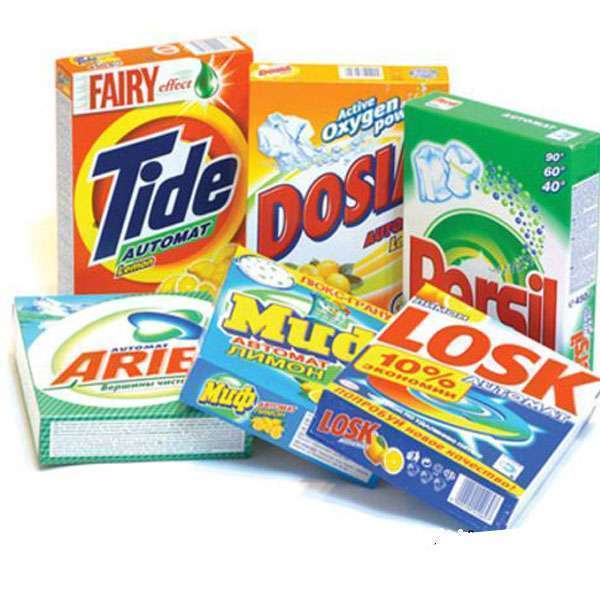
Pour the gel into the drawer section for the main program. We do not use liquids for the "Pre-wash" mode.
If the liquid is thick and concentrated, pour it into the tank after loading dirty clothes. Poured into the tray, it will enter the tank gradually, and there is a risk of it getting into the water when rinsing.
If the liquid substance is in a bottle with a dispensing cap, place it in the drum without removing the cap. During washing, the gel will be washed out of it.
Add bleach and stain remover to the prewash compartment.
To find out if it is possible to pour laundry detergent into the drum, refer to the instructions: some types of household chemicals (for example, for the care of baby clothes) are not poured into the cell for the main mode or pre-soaking, but directly into the tank. We also put tablets, plates and capsules in it.
Now you have learned how much detergent you need to take good care of your clothes and how to load them correctly.
Badly
1
Interesting
5
Super
Influence of water consumption
The amount of water used by the machine for each wash cycle affects the concentration of the detergent
Therefore, it is important to choose the required amount of powder in order not to get consequences from the wrong choice.
Water consumption depends on the drum load and the wash program. The average is the use of 60 liters of liquid for washing 5-7 kg of clothes. More details on the consumed water volume can be found in the instructions attached to the machine, which usually describes the need for water for each of the programs available in the arsenal.
Washing machine models that do not have a laundry weighing function will use the same amount of water if the drum is fully or partially loaded. Therefore, when calculating the powder in relation to the weight of the laundry, the concentration of the detergent will be less than necessary and washing will not lead to the desired result. In this case, use as much powder as is provided for when the drum is fully loaded.
With the function of weighing the laundry, such a need will not arise, since the collection of water will be carried out starting from the actual kilograms of dirty clothes.
We figured out about high-quality washing with the correct selection of the amount of detergent. Considering all the factors affecting the process, you can not only save on the rational use of household chemicals, but also protect your washing assistant from possible breakdowns.
Another rather interesting article: How to iron a leather skirt.
Quote Post Velvet_Hat How much detergent to put in the washing machine
A SOURCE
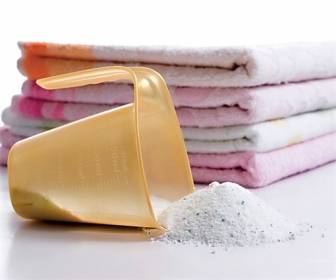 Most housewives do not even think that they use a lot of powder when washing. More often than not, everyone sprinkles "by eye", according to the principle, the more the better. Such actions can cause not very pleasant consequences, such as: White stains on clothes after washing. The container of the washing machine is clogged. Unpleasant odor from the drum. So how much powder should be poured into the washing machine? Let's figure it out.
Most housewives do not even think that they use a lot of powder when washing. More often than not, everyone sprinkles "by eye", according to the principle, the more the better. Such actions can cause not very pleasant consequences, such as: White stains on clothes after washing. The container of the washing machine is clogged. Unpleasant odor from the drum. So how much powder should be poured into the washing machine? Let's figure it out.
Should I trust the layout in the tray?
Trays for loading washing powder on some models of automatic machines may already have markings that indicate the rates of the detergent. Can you focus on it? Not always.
- The amount of the product that you need to put in may depend on the amount of load of laundry, and on the selected mode and water hardness;
- Powders are concentrated, and it is impossible to fill them in the amount in which we use ordinary powders. Use the measuring spoon that came with the product or a regular tablespoon.
Let's summarize. How much detergent to put in the washing machine depends on many factors. Consider the most important things: the number of loads of dry laundry, the level of soiling, water hardness, its consumption by the machine in a particular cycle, the use of powder or liquid detergent. Over time, you will understand which dose is optimal and your wash will always be successful.
The level of soiling of the laundry and the consumption rate of powder for washing
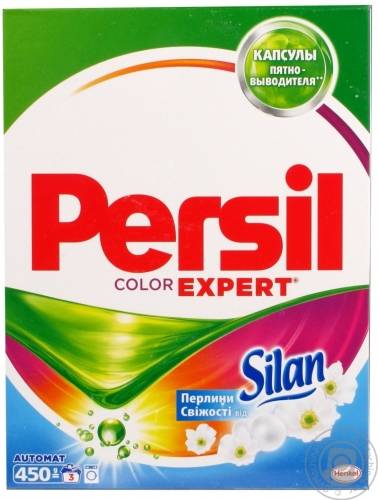
Manufacturers write on the product packaging information on how much and in what volume to fill in the tray of automatic machines. As a rule, it is 150 grams if the contamination is light, and about 200-230 grams if it is strong. But it is not hard to guess that these norms can be overestimated so that we buy the product more often. In the course of experiments, it has been proven that only one tablespoon of powder (approximately 25 grams) is required to fall asleep per 1 kilogram of dry linen. This means that when washing 5 kg of lightly dirty laundry, it will need to be filled with about 125 grams or 5 tablespoons.
If the dirt is already ingrained or stale and you want to soak your laundry, you will need to put in more powder. And if the water is too hard, then you need even more. Or you can add some baking soda in addition to the powder.
Factors affecting powder consumption
By correctly choosing the dosage of the product, you can achieve perfect cleanliness and freshness of things. The volume of the powder depends on several factors that should be taken into account when choosing a dosage.
Hardness of water
First of all, you need to pay attention to the hardness of the water. Determination of hardness is possible using special test strips
It is easier to wash clothes in soft water, and a little powder is wasted. It is required to pour 20 grams more into hard water. Also, to protect the machine from damage, you need to use a softener or mix the powder with soda.
Foaming
You can determine the hardness by using a bar of laundry soap. Try lathering with laundry soap. If the foam is difficult to form, the water is hard.

Scale
Look at the spiral in your electric kettle. If there is a lot of scale on it, this indicates that the water has a high hardness. When heated, the salts contained in hard water in large quantities are deposited on the spirals, which explains the appearance of scale.
Pollution degree
In order to freshen the laundry, you will need about 160 grams of the product (if the drum is fully loaded). To remove stains and stubborn dirt, you will need about 210 grams of powder.
The dependence of the consumption rate on weight
The dependence of the volume of powder on the mass of things that are loaded into the machine can be expressed as a list:
- 1 kg - 25 grams of powder;
- 5 kg - 75 grams;
- 4 kg - 100 grams;
- 5 kg - 140 grams;
- 6 kg - 175 grams;
- 7 kg - 210 grams.
The amount of water consumed per cycle
The quality of washing directly depends on the selected dosage of powder. However, if you pour too much into the machine, it will not bring the desired result. On the contrary, light stains may appear on things. The amount of water that the washing machine consumes per cycle depends on the brand of the device.
In addition, the volume of consumed water depends on the mode in which the machine operates and the capacity of the tank.
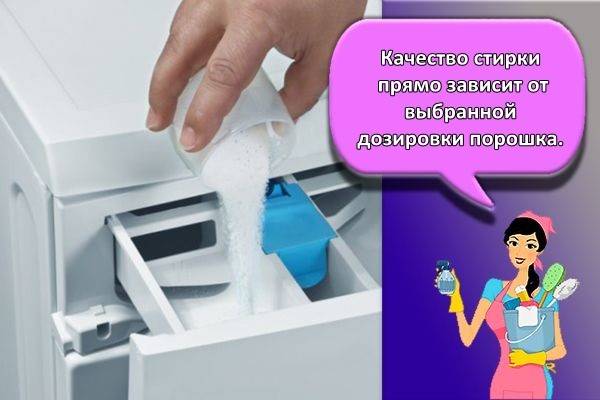
If the product is concentrated
When choosing a powder dosage, its type must be taken into account. For example, if 1 kilogram of clothes needs 25 grams of standard detergent, then 6 kilograms of laundry require only 50 grams of concentrated powder.
A large amount of powder will not help remove stains that only a stain remover can handle. Also, if you add too much detergent, the dishwasher can become clogged.


